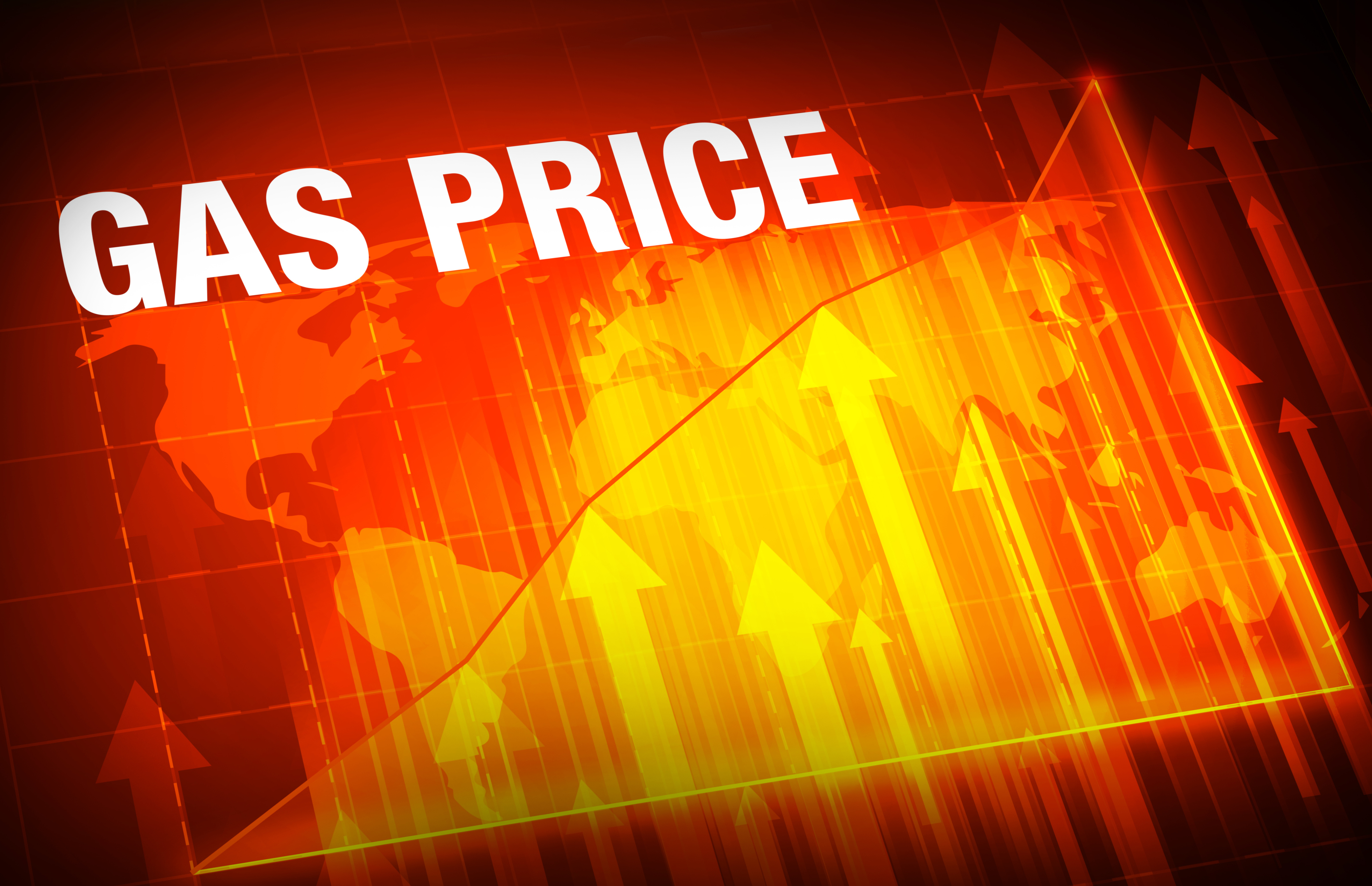Inflation Is Crippling Your Personal and Business Lives
Rising gas prices can make a big impact on your tech/truck costs per hour. Make sure to monitor those costs and adjust accordingly.

Inflation of more than 8 percent is crippling our economy. Everything you as consumers and contracting business owners must purchase costs more. As business owners, your rising business costs are taking a bite out of your business in one or more ways.
As regular citizens, the businesses you deal with need to charge you more because of rising inflation.
I purchased regular gas at the filling station for $4.90 a gallon in May. As I drove into the next town, I saw prices as high as $5.45.
In my February 2022 PHC News article, “The Effects of Unpredictable Gas Prices,” I stated that the average U.S. cost of a gallon of regular gas in 2021 reached $3.40. That’s $1.23 more per gallon than the 2020 average of $2.17, a 57 percent increase.
In just the first 4 1/2 months of 2022, the average price of a gallon of regular gas rose to $4.59. And the average in every state is more than $4.
The $4.59 price is 35 percent higher than the 2021 average, and 112 percent higher than the 2020 average.
In Washington, it has been reported that gas stations, in anticipation of $10/gallon prices, are resetting their price boards to accommodate future increases.
The problem doesn’t end with the price of regular gas. Energy is the fuel that makes the economic engine of the United States go.
Everything relying on energy is affected.
Eggs are a source of protein that fuels our bodies. I usually purchase eggs at the supermarket in packages of 30 eggs for between $3.99 and $4.99 per package. That’s between 13 and 17 cents per egg.
As of this writing, the price is $7.99 — making it 100 percent more than the $3.99 price and 60 percent more than the $4.99 price. That $7.99 price makes the cost of each egg 27 cents, 108 percent more than the $3.99 package and 59 percent more than the $4.99 package.
The questions you must ponder as a business owner are:
• What is the cause of this inflation rate of over 8 percent (a rate we have not seen in four decades)
• What could you do to help lower this out-of-hand inflation rate?
• How are these inflation rates affecting your business?
• What can you do about it as a business person?
Although the cause of this inflation may be due to several factors, the cessation of the ability of this country to produce and provide oil and natural gas to consumers immediately preceded the rise in gas prices. You feel it every time you fill your vehicle’s tank.
And that factor affects everything you purchase for your personal and business lives.
Our energy policies
So, what can you do to help lower inflation? In the opinion of my logical mind, the return to energy policies that immediately preceded the cessation of our nation’s ability to provide gas would put an immediate stop to the detrimental domino effect caused by the halting of our ability to be energy independent.
Renewable energy sources such as solar and wind, at present, cannot fulfill the needs of our citizens and the businesses those citizens depend upon for their lives. Many people believe that electric vehicles are more environmentally friendly for our planet, and demand is increasing. However, even if solar and wind could generate the power needed to meet that demand, our nation’s power grid would not be able to support it.
It’s why some flawed thinkers are asking other foreign countries, who are averse to our capitalistic society, to sell us more oil. However, purchasing oil from other countries only makes the rise of inflation higher yet.
And it certainly doesn’t help the considerations of those concerned about the environment.
The fallacy in their thinking is that fossil fuels create 60 percent to 80 percent of electricity generated in the United States.
Ending our ability to be energy independent while still relying on oil and natural gas for our personal and business lives is convoluted and illogical. Cessation of our energy-producing abilities certainly makes no sense.
As far as the unpredictable gas prices, allow me to predict that the prices will only keep going up if we don’t go back to being energy independent.
To help the effort to lower the inflation rate, you can, and should, contact your congressional representatives. Tell them of your disdain for the energy policies being forced on all Americans suffering from this root cause of our high inflation rate.
In other words, ask them to wake up and smell the coffee.
Monitor your costs
How do you deal with inflation affecting your business? You only have two choices: You can pay for increases or your customers can pay for them. If you pay for them, another question arises. How long can you keep absorbing the increases in your business costs?
This brings up yet other rhetorical questions. Why did you go into business? Do you want to only break-even? Do you want to lose money? Or do you want to earn a profit above your true operational business costs?
You went into business to recover your true operational costs and earn the reward you deserve for the delivery of excellence to consumers and the risks you take in the delivery.
Because of this reasoning, you can answer the fourth question: What can you do about it as a business person?
You must constantly monitor all your true operational costs, both tangible and intangible, especially during high inflationary times. If you don’t, you won’t know whether you are selling your services at, below or above your true operational business costs.
And as your operational business costs change, you must adjust your selling prices accordingly.
Let’s look at the effect the inflationary cost of regular gasoline has on your costs. The basis for this analysis is a maximum of 1,708 annual potential revenue-producing hours for one tech/one service truck, 15,000 miles driven each year, 10 miles/gallon of gas consumption, a fuel cost of $4.59/gallon, and a total cost of $6,885 for one service vehicle annually (1,500 gallons x $4.59).
Since the 2020 cost of $2.17 per gallon of regular gas, your annual cost per service vehicle in 2022 has increased by $3,630, added to the $3,255 you were paying in 2020. At this point, it’s $6,885.
Compared to 2021, when the average price per gallon of regular gas was $3.40, in 2022, that gallon increased by $1.19. That’s a $1,785 annual increase per service vehicle over what you paid in 2021.
This problematic effect doesn’t end there. Some areas of the country have already hit $8/gallon.
To add insult to injury, some pundits think gas rationing is a possibility. That will cost you, the contractor, even more money when time will be wasted on gas lines. I know this because, as a contractor, I experienced gas rationing in the ’70s.
When you waste time on gas lines, your available revenue-producing tech hours decrease, increasing your cost per tech/truck hour.
Adjust selling prices
Based on the price increases stated herein, Figure 1 shows the increase you should have at different profit margin levels.
Based on Figure 1 and the estimated costs in this column:
• At the 0 percent profit margin, your selling price should increase somewhere between $1.19 and $2.42 per tech/truck labor/overhead hour. At this point, you only recover your estimated cost. Annually, this increase amounts to between $2,032.52 and $4,133.36 per tech/truck.
• At the 10 percent profit margin, your selling price should increase somewhere between $1.32 and $2.69 per tech/truck labor/overhead hour. Annually, this increase amounts to between $2,254.56 and $4,594.52 per tech/truck.
• At the 20 percent profit margin, your selling price should increase somewhere between $1.49 and $3.03 per tech/truck labor/overhead hour. This increase amounts to between $2,544.92 and $5,175.24 per tech/truck/year.
• At the 30 percent profit margin, your selling price should increase somewhere between $1.70 and $3.46 per tech/truck labor/overhead hour. This increase amounts to between $2,903.60 and $5,909.68 per tech/truck/year.
• At the 40 percent profit margin, your selling price should increase somewhere between $1.98 and $4.03 per tech/truck labor/overhead hour. Annually, this increase amounts to between $3,381.84 and $6,883.24 per tech/truck.
At higher profit margins, the dollar amount will be higher. According to Figure 1, the range of increases in your selling prices is between $2,032.52 and $6,883.24 for each tech/truck. That’s a lot of cash that can be applied to your business expenses and profits.
And that is only inflation’s effect on gas. You still need to consider all the other line items you need to run your business.
As for the effect the prices of those eggs have on your life, all I can say is don’t put all your eggs in one basket. If you drop the basket, you had better like scrambled eggs.





